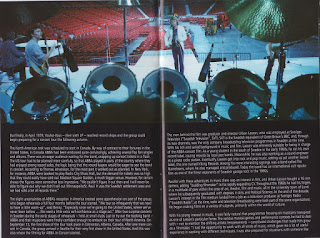"Stay the Night" is a song by The Cars vocalist and bassist Benjamin Orr. It was included on his 1986 solo debut album The Lace, and released as a single in the end of 1986. "Stay the Night" reached #24 on the Billboard Hot 100 chart in the beginning of 1987, becoming Orr's only Top 40 hit as a solo artist.
Prior to recording his solo album, Orr had been a founding member, along with singer and songwriter Ric Ocasek, of The Cars. The Cars' first Top 40 hit, "Just What I Needed", featured Orr on lead vocals, as did their biggest hit, "Drive", from 1984's Heartbeat City.
Following The Cars' 1985 Greatest Hits release, the band split up to pursue solo projects, with both Orr and Ocasek releasing solo albums in 1986, lead guitarist Elliot Easton having released one in 1985. Weeks before "Stay the Night" entered the US Top 40, Ocasek himself was in the Top 40 with his own solo hit "Emotion in Motion". In both cases, those would become the only US Top 40 solo hit for both Cars members respectively.
The band reunited to record 1987's Door to Door, which produced "You Are the Girl", their last Top 40 single.
Track listing
US 7" (Elektra)
- "Stay the Night" – 4:26
- "That's the Way" – 4:07






















































